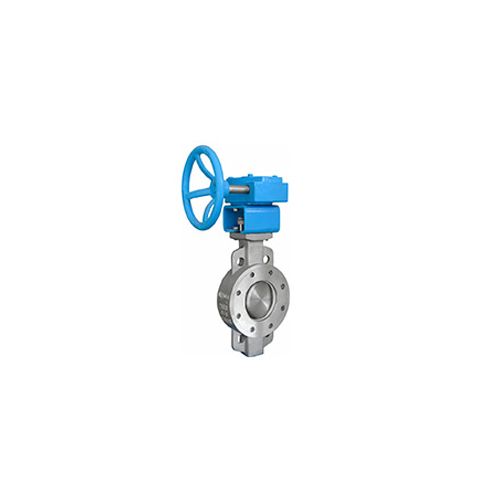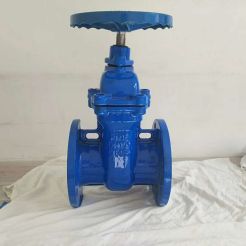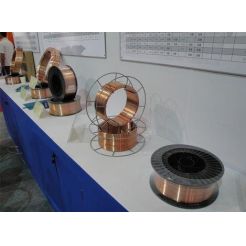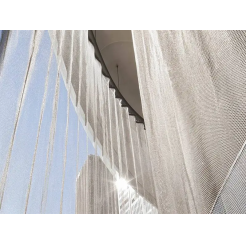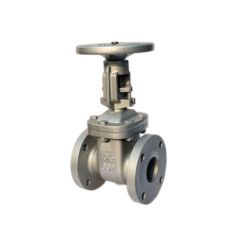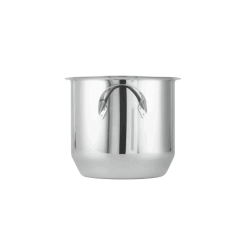butterfly valve flow direction
Product Description
Butterfly Valve Installation & Butterfly Valve Flow Direction
Attention should be paid to sealing direction before the installation of eccentric butterfly valve. Generally, people are accustomed to installing valves according to the flow direction of the water supply and return pipes, resulting in poor sealing performance of valves with wrong installation direction, which affects the maintenance or accident handling of the pipeline network and equipment.
Pre-Installation Information/Checklist:
Ensure working conditions (pressure and temperature) are within the specified capacity of the product being installed.
Make sure that the construction material of the butterfly valve is chemically compatible with the media flowing in the pipeline.
Inspect the valve’s flange ends and the pipeline’s mating flanges to ensure the surfaces are clean and free of defects. The pipeline should also be checked for proper alignment. API butterfly valves should never be utilized to realign an existing piping system.
The distance between pipe flanges should be checked to assure sufficient clearance for valve installation.
The appropriate material handling equipment should be available to lift larger valves into position.
API butterfly valves are bi-directional and may be installed with flow in either direction, vertically, or horizontally. If a choice of stem position exists, the valve should be installed with the stem in the horizontal position; this will minimize seat wear by distributing the stem and disc weight evenly. Also, if the media is abrasive, the horizontal stem position creates a self-flushing effect that will extend the service life-expectancy of the valve.
Check that the existing pipe sizes match the inlet and outlet sizes of the unit being installed and that no interference exists. If pipeline strain is a concern with larger valves (due to weight), additional support may be necessary.
Since the rubber seat also functions as the seal between the flanges, additional gaskets are not required.
If possible, butterfly valves are recommended to be installed a minimum of six (6) pipe diameters from upstream components, and a minimum of four (4) pipe diameters from downstream components.
